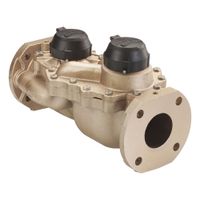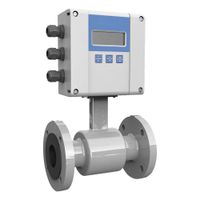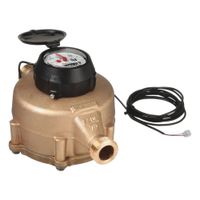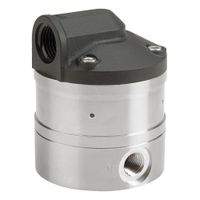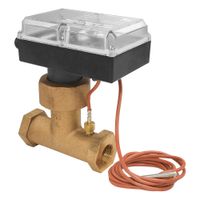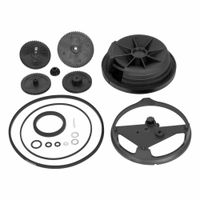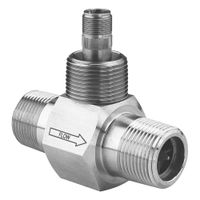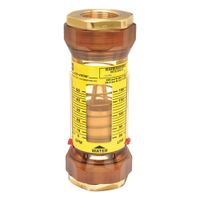- Home
- Pumps
- Flow Level Measurement Controls
- Flowmeters Totalizers
Flowmeters & Totalizers
Flowmeters measure the flow rate of media (e.g., gases, liquids, vapors) traveling through a system while totalizers measure the total volume of media moved by the system. Variable area flowmeters use floats or indicators enclosed within a tube. Media passing through the meter pushes float to indica .....Read More
Frequently Asked Questions
What is a flowmeter and how does it work?
What are the different types of flowmeters and their applications?
How do you choose the right flowmeter for a specific application?
What is the difference between a flowmeter and a totalizer?
How do you maintain and calibrate a flowmeter?
What are the advantages and disadvantages of using a magnetic flowmeter?
How accurate are ultrasonic flowmeters compared to other types?
